Crop rotation is an essential part of a healthy organic gardening. Why? Plants take up specific nutrients and can leave behind diseases in their wake. Moving crops to new soil each season ensures that diseases don’t build up in soils, and nutrients are more evenly extracted across the garden. But we often get asked, “what is crop rotation?”
Crop rotation is simply rotating crops from one bed to another each season, and avoiding planting any specific crop in the same place for 3-4 years. We can tackle this 2 ways: with plant families or with “feeder” levels.
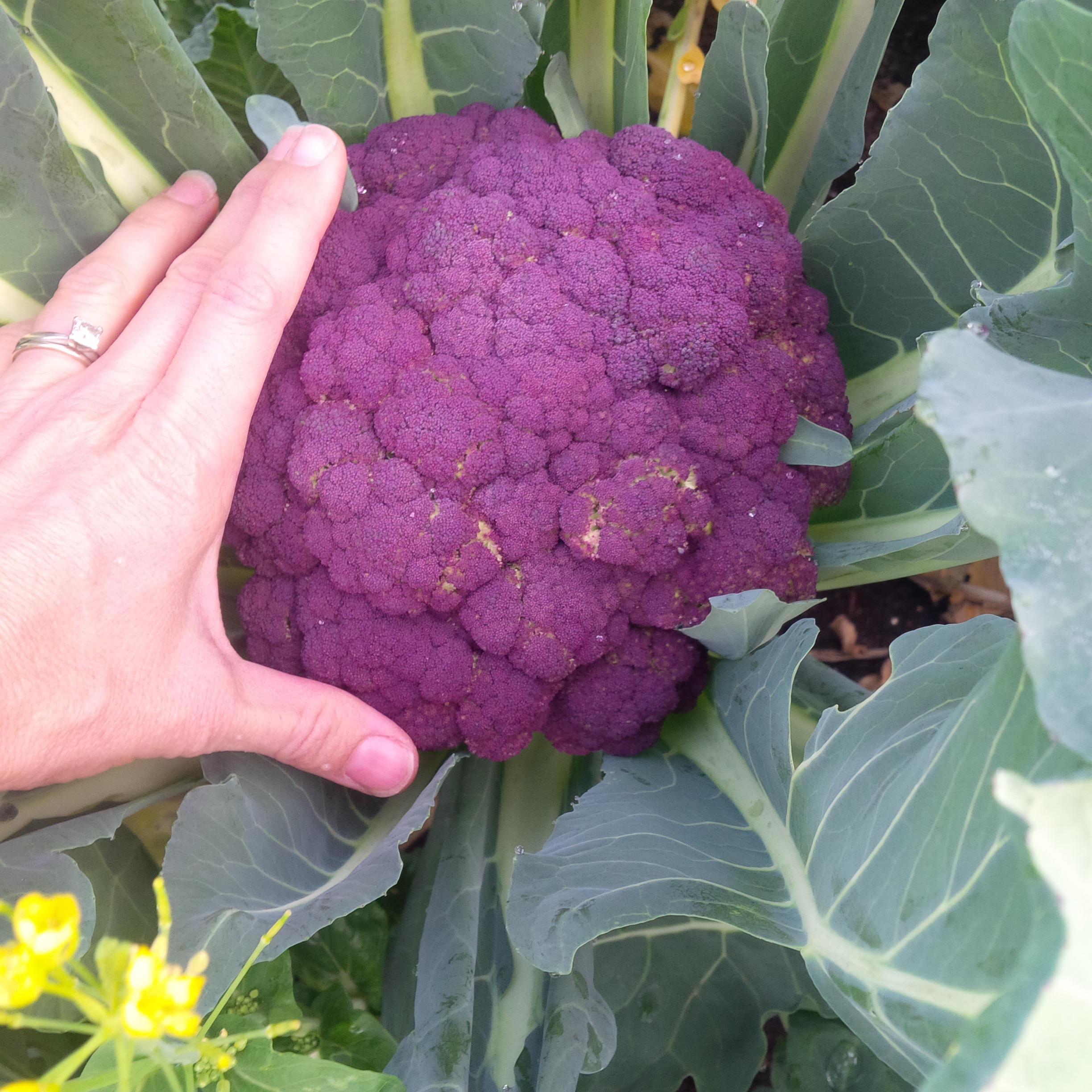
Feeder levels
There’s a rule of thumb to keep in mind as a guideline from year to year: heavy feeder, heavy giver, light feeder. A heavy feeder is a plant that pulls a lot of nutrients out of the soil as it grows. Cucumbers, tomatoes, peppers, squash, corn, broccoli, cauliflower, Brussels sprouts, and melons are heavy feeders. There are others, but you get the idea.
Light to moderate feeders don’t tax the soil as much, don’t need supplemental fertilizer as often. These include (though debated on websites across the interwebs) lettuces, mustard greens, radishes and other root crops like carrots and beets.
Heavy givers are sometimes considered nitrogen neutral because they deposit or “fix” nitrogen in the soil, then use it back up when they form fruits. Peas and beans fall into this category, as do cover crops like alfalfa, clover and vetch. If you cut the cover crop down before it forms fruit (in the case of beans and peas) the nitrogen stays in the soil. If you grow it to maturity, it is a light feeder because it provided its own fertilizer. Get it?
Plant Families
It’s a good idea to keep plant families together. Why? It makes it easier to rotate crops to places they haven’t grown before it they were all together in the first place. If you plant a broccoli here, and a kale over there and a Brussel sprout over yonder, then you’ll have a heck of a time not only remembering where you planted those last season, but you’ll have to keep sprinkling them in odd places to avoid planting them where they were before. So for the sake of your brain, keep your families together.
Brassicas – broccoli, cauliflower, cabbage, kale, Brussels sprouts, kohlrabi, collard greens. It also includes turnips, radishes and mustard greens.
Nightshades – tomatoes, peppers, eggplant, potatoes.
Alliums – onions, garlic, shallots, green onions, leeks and chives.
Squash – cucumbers, melons, summer & winter squash, pumpkins and watermelons.
Umbels – carrots, parsnips, dill, fennel, celery, parsley and cilantro
Beet – beets, Swiss chard, spinach, orach, amaranth and quinoa
Legumes – beans and peas, lentils and peanuts.
BTW – you’ll find all of this in Gardening for Geeks…and so much more!
So, now that you have those groupings, you can plant your families together and move them around your garden more easily. You can inter-plant most crops without interference. Just keep peas and alliums away from each other. They don’t get along. And fennel hates everything, so put it in the corner.
Remember: Heavy feeder, light feeder, heavy giver. Rotate through that list for each bed, keep your families together, and you’ll have a healthy garden from year to year. Be sure to write it all down to track locations from season to season. Your brain will thank you later.
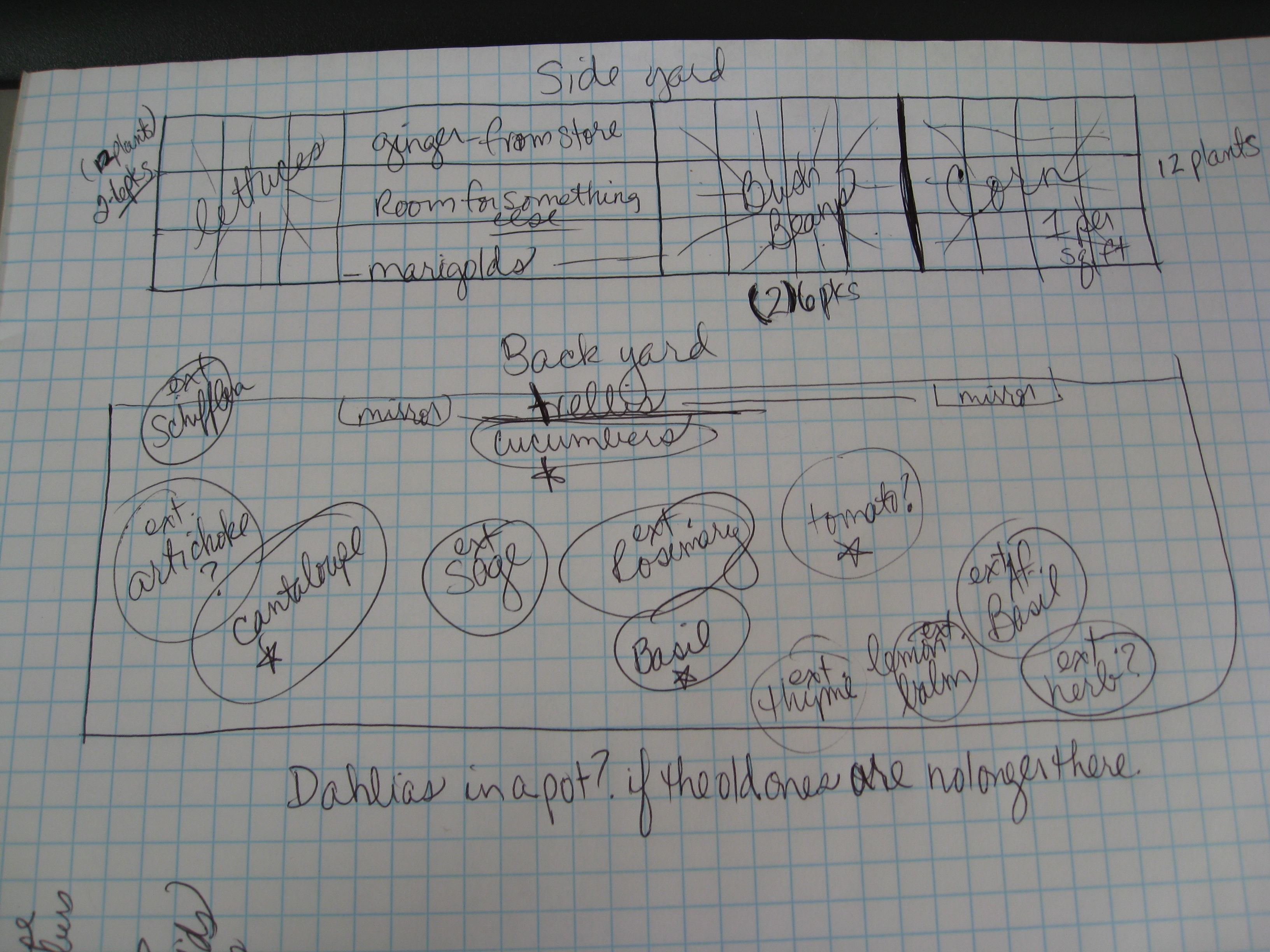


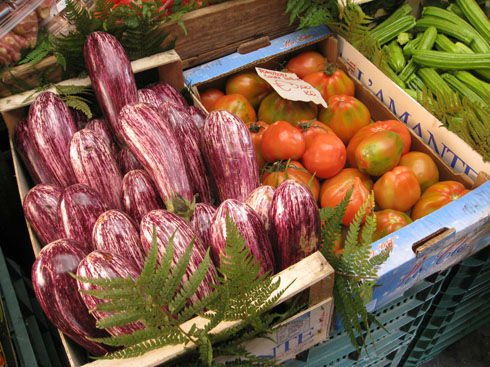
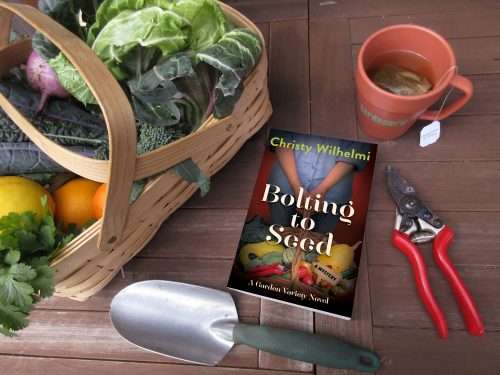
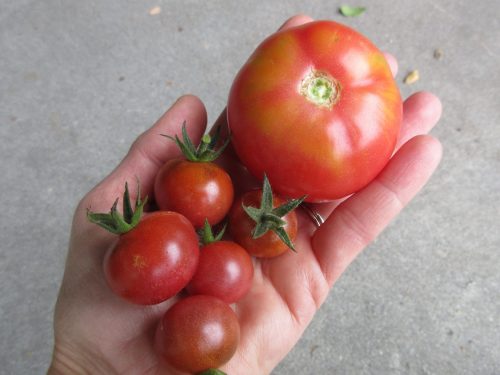
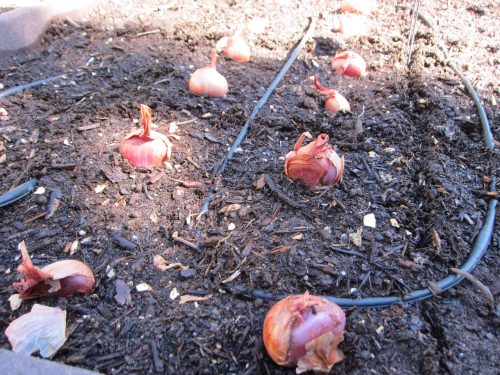
ThankYou For Sharing ???Verry UseFuLL Information